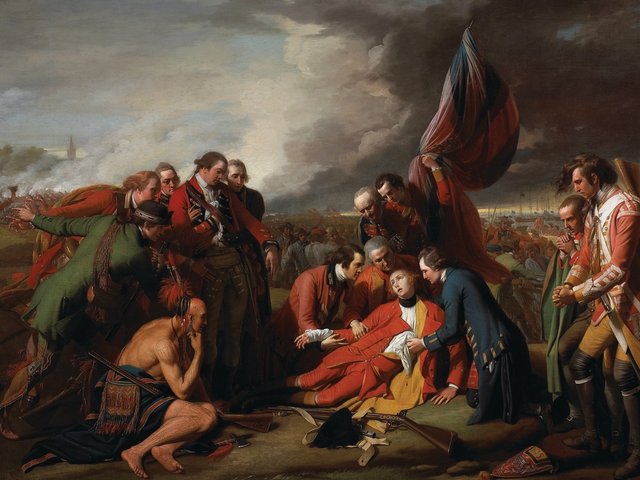As is often the case, the subtitle gives more of a clue to the contents of this book than does the title. The book aims to introduce non-specialists—students of art history and their teachers, artists interested in the work of their predecessors, collectors, dealers and "interested laymen"— to the physical and material reality of easel paintings, with all the historical and critical consequences that this involves.
The value of this book lies in the extent to which it both achieves and does not achieve this aim, as I will try to make clear in this review. The authors, an art historian and a restorer, have attempted to identify with the type of reader they had in mind, and to answer the questions that that reader might ask.
The book remains firmly focused on practical matters. After each chapter ("The support", "The ground and preparatory layers", "The paint layer", "The varnish layer”, "Beyond the painting"), there is a series of case studies illustrating the contents of the chapter with specific examples. The authors have chosen their examples with admirable care, and they provide a useful annotated bibliography, mainly from publications in English, at the end of the book. In fact, most of their technical sources are Anglo Saxon, and Italian research (for example) is conspicuous by its virtual absence.
Some of the statements made in the book are of questionable accuracy: the use of tempera on canvas on early Italian painting is not so unusual; nor do I agree that "almost no early canvas survives unlined", which is not the same as claiming that these are very rare. Claims such as "very recent linings are more likely to be attached with synthetic adhesives" are valid for the Anglo-Saxon tradition in particular.
Appendix 2, entitled "Paintings in exemplary condition in public collections" (although interesting as a way of directing the public's attention) is very partial: it includes only paintings which have never been lined, or "Old Master paintings in distemper that have not been varnished". The latter list should be reversed: paintings in tempera were not usually varnished, and those that have been are the exception. The other list, "Modernist paintings that have survived unvarnished, as the artist intended" is extremely interesting and useful.
In the pages on varnishes, in my opinion, the business of the cleaning of varnishes is not distinguished clearly enough from the other cleaning problems that a painting may present; Secco Suardo (before 1873, published 1894) was right to admonish readers that "cleaning a painting and removing the varnish are two different processes". The authors of the present volume maintain throughout that: "Typically there are four strata: the support, the ground or priming, the paint or design layer, and the varnish". I prefer to think that there are three strata since varnish, or varnishes, are very variable and involve considerable uncertainties. In addition, I do not myself believe that the protection of an early painting with white of egg, as described by Cennini, was "a temporary coating until the paint is dry enough for an oil varnish".
None the less, this book achieves its aims and the audience to whom the authors address it will consult it and read it with profit. My main reservation is that, each time the discussion becomes slightly complicated, the authors stop short; I personally do not like this attitude. "Wherever possible in this handbook we avoid scientific detail and terminology". Although I appreciate their desire to make the book generally readable without too much effort, this only postpones the problems.
Inevitably, many of the topics they touch on are scientific, and their determination to spare the reader any difficulty could in fact leave him feeling short-changed. Methods of investigation, from dendrochronology to physical analyses such as X-rays, ultra-violet and infrared, are mentioned, but no word of explanation is given about what they entail. The examples of these techniques given in the book have often been superseded. I realise that it was not the author's intention to provide a specialised, up-to-the-minute manual, but I think it would have been useful at least to have mentioned some of the most recent research techniques, such as large format radiography or infra-red scanning techniques. Some of the definitions of the glossary sound simplistic as a result: radiography, for example, is described baldly as "the study of painting with X-rays". Perhaps the authors should have had greater faith in their audience.
In spite of everything, I think that this book is an excellent introduction to the subject with which it deals, introducing the non-specialist to the physical reality of an easel painting, thereby encouraging direct contact with the work of art. As we enter the age of virtual reality, such an approach becomes more and more crucial.
Andrea Kirsh and Rustin S. Levenson, Seeing through paintings: physical examination in art-historical studies (Yale University Press, New Haven and London, 2000), 312 pp, 150 b/w ills, 110 col. ills, £30 (hb) ISBN 0300080468
Originally appeared in The Art Newspaper as 'The unvarnished truth without tears'




